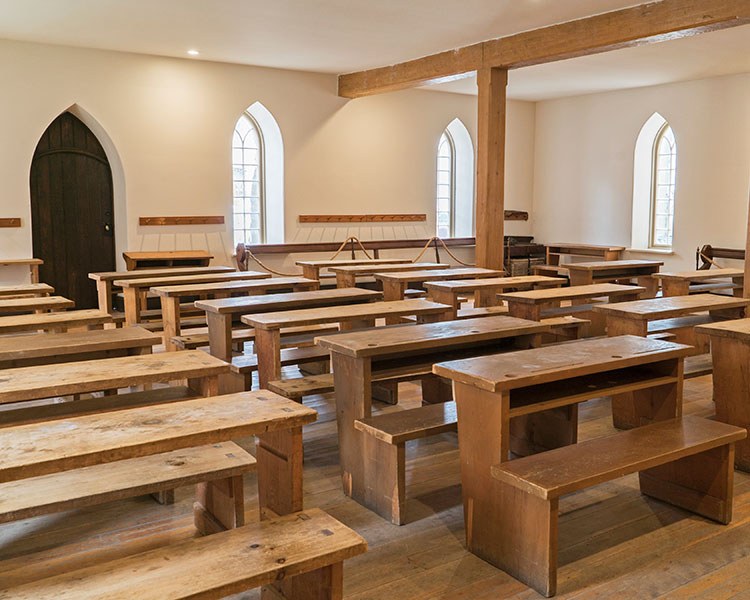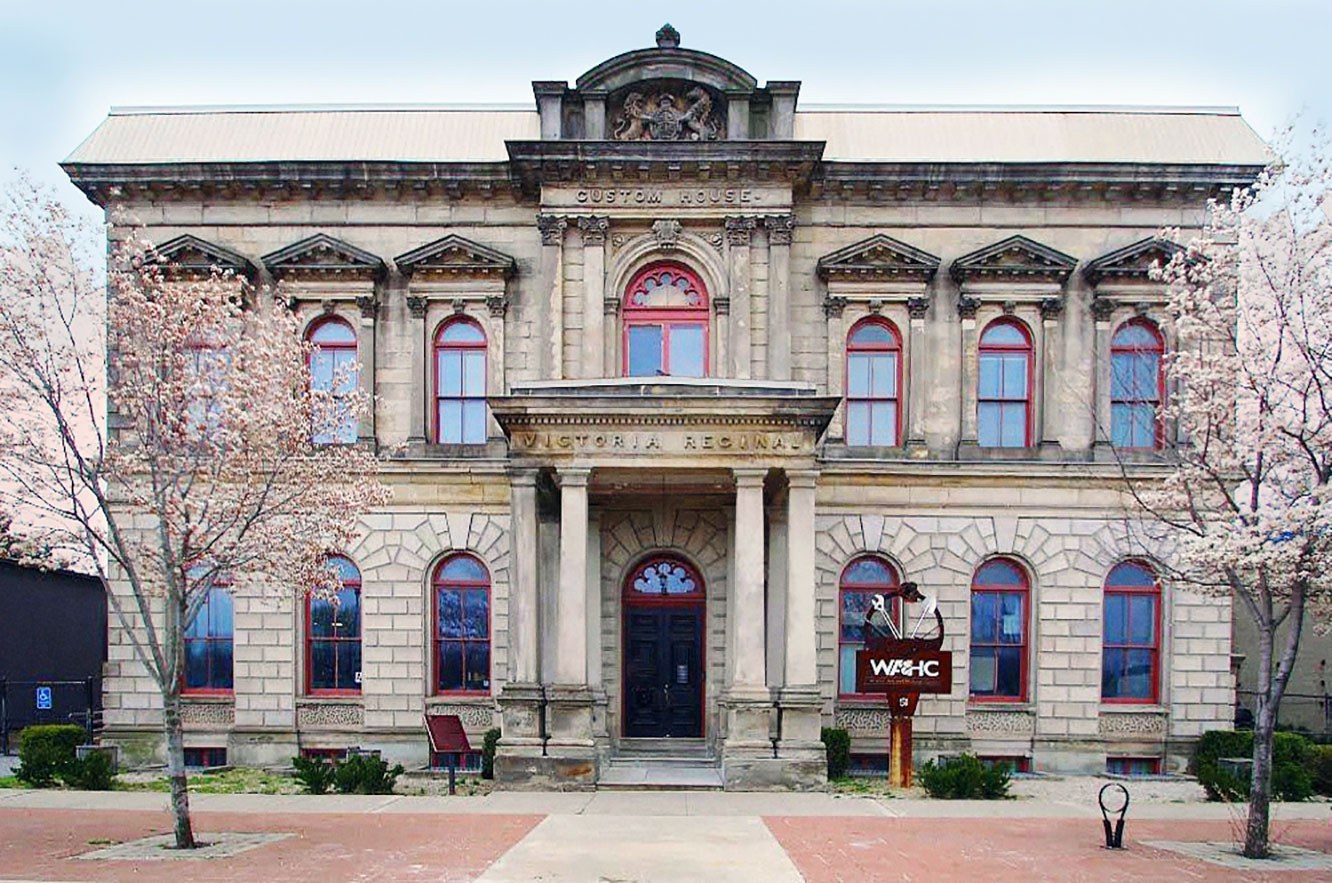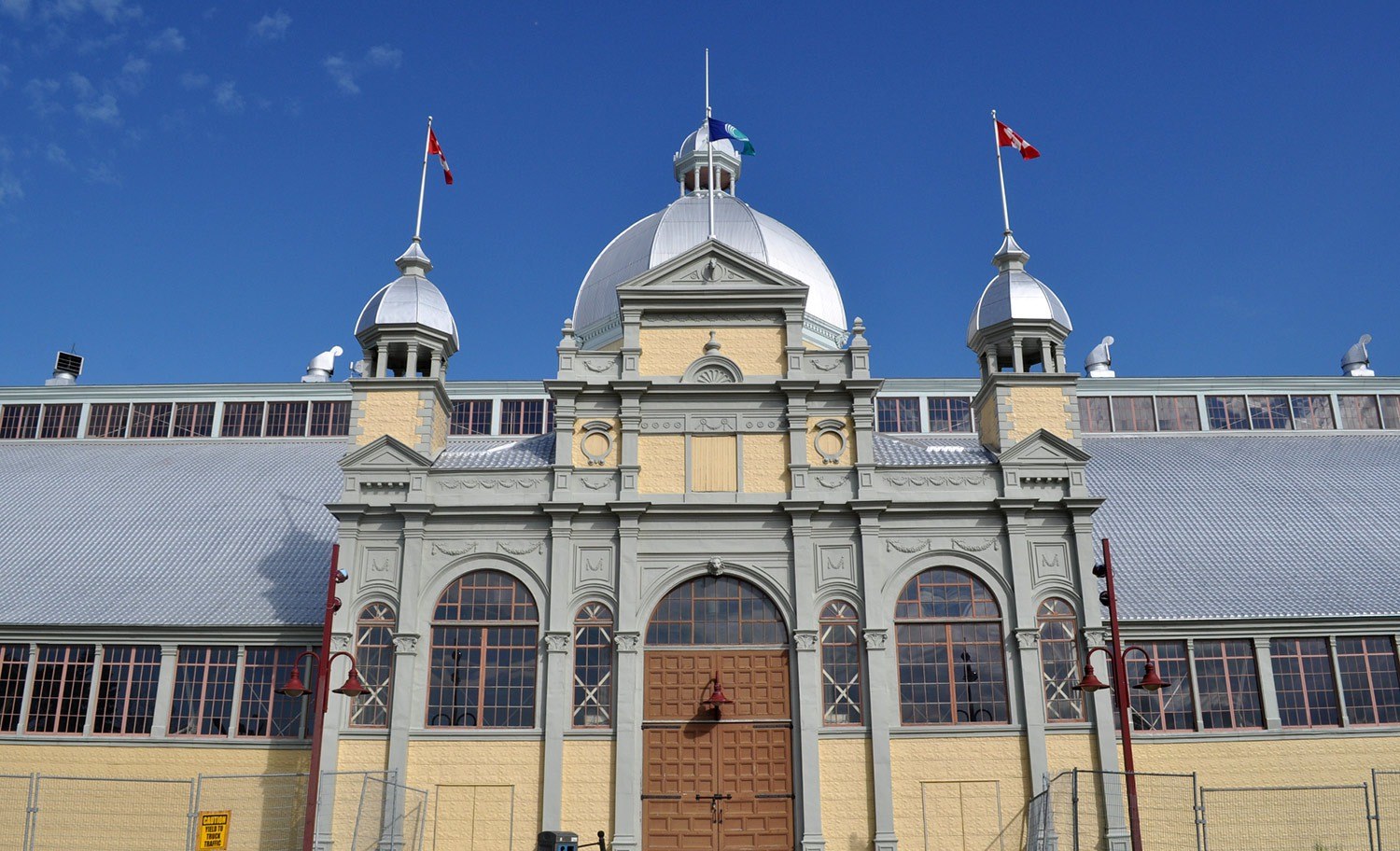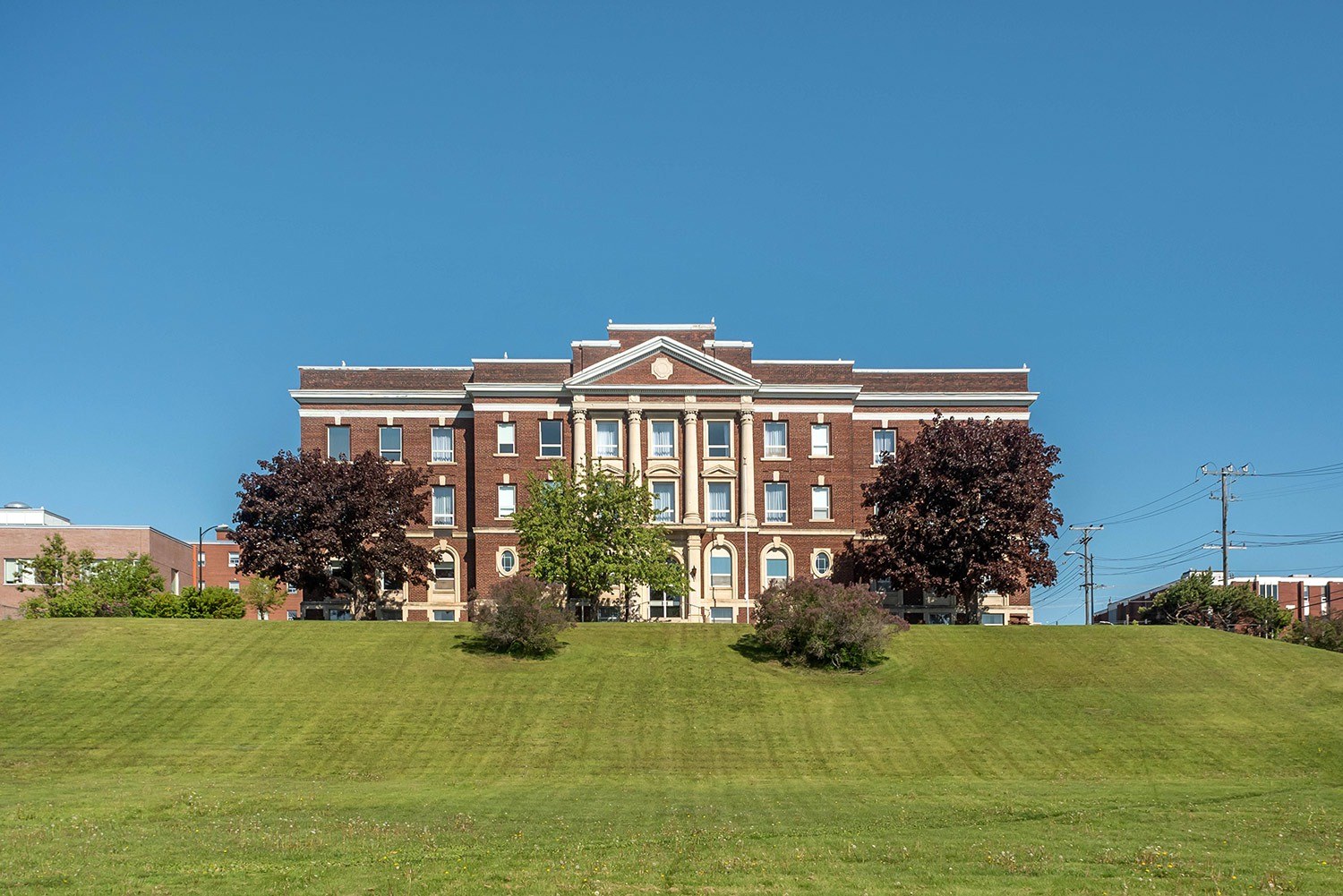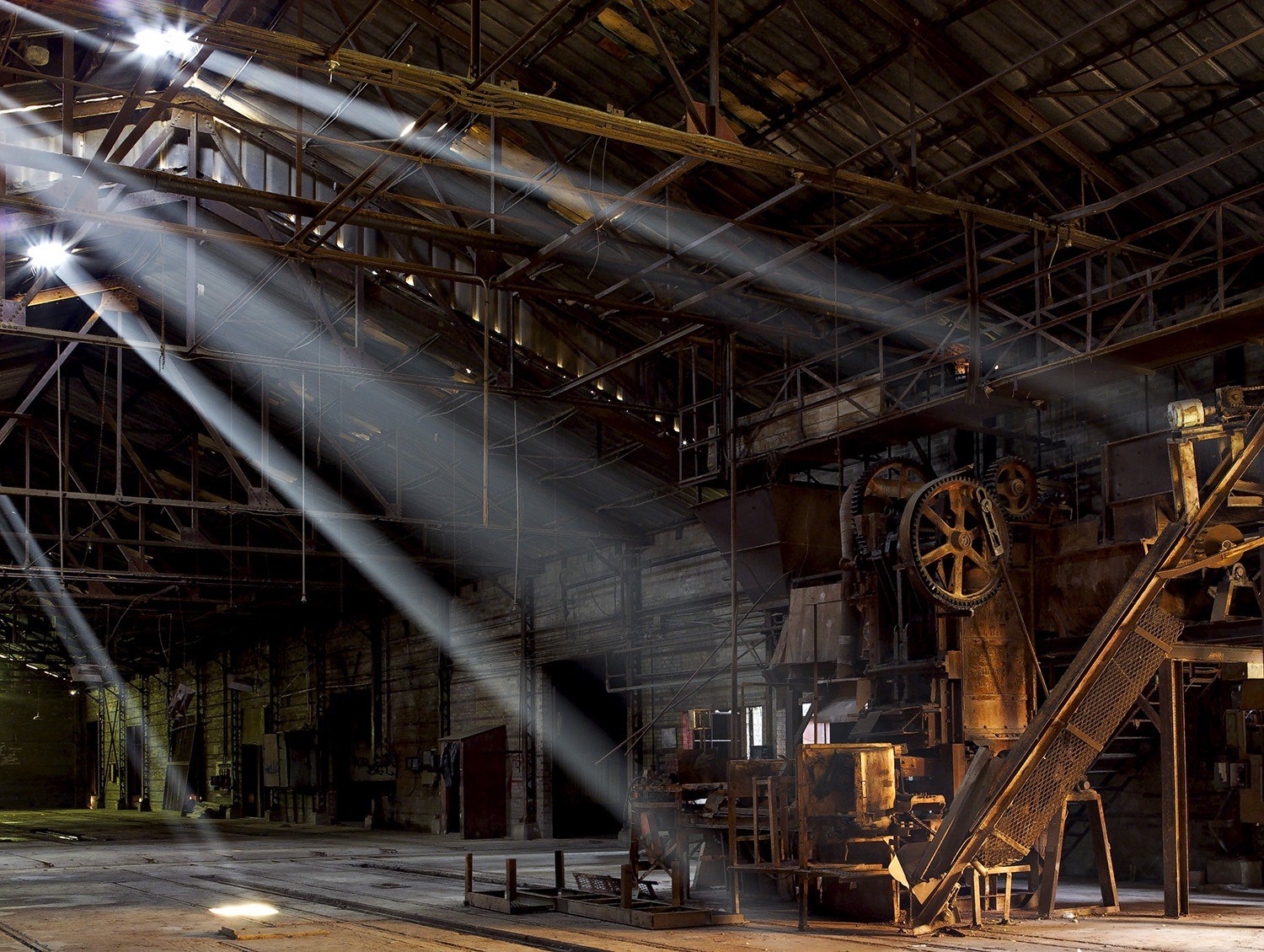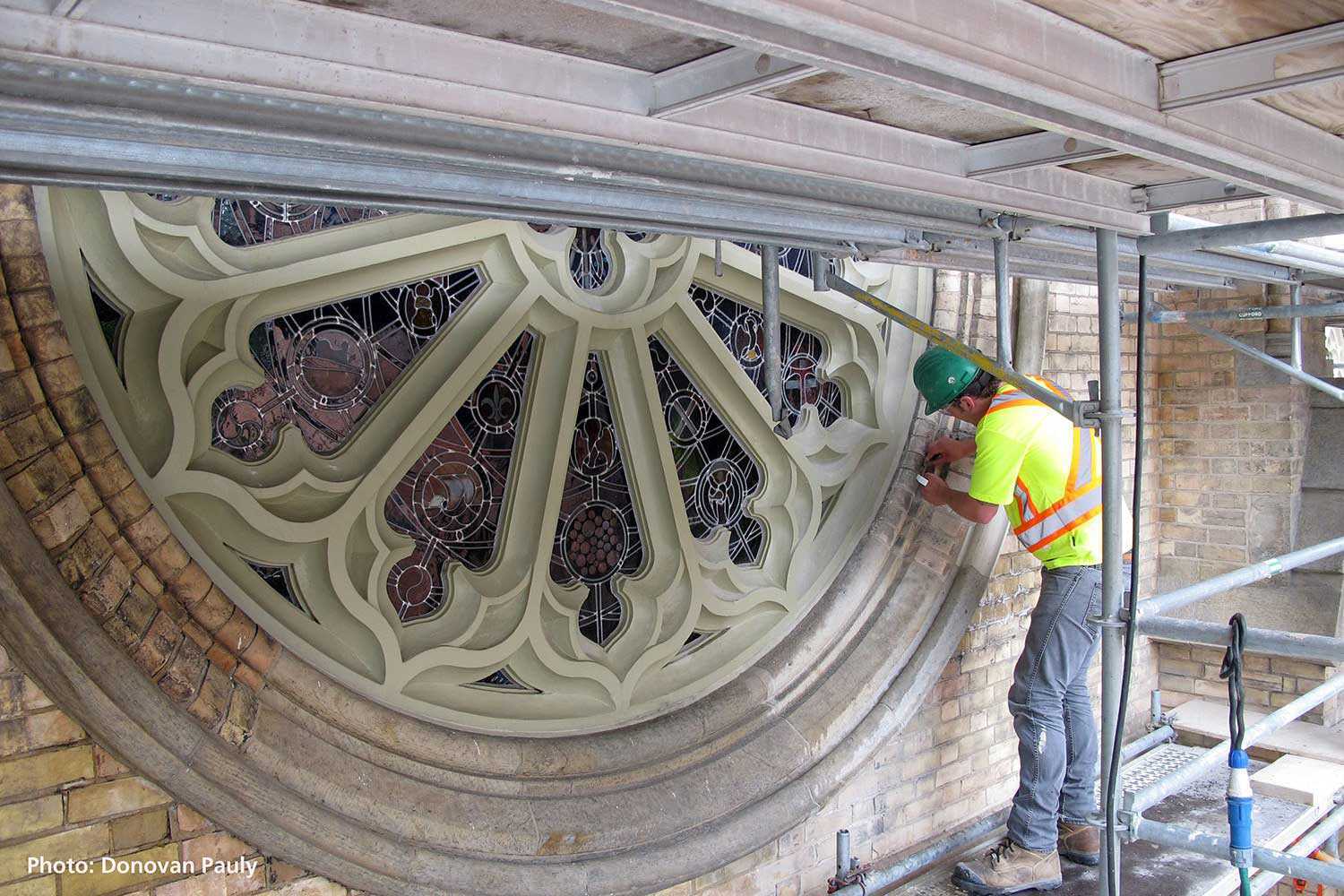The Trust recognizes the many ways that heritage conservation supports urban regeneration, providing opportunity for creativity and innovation in our communities.
One of the ways in which this can be achieved is through the adaptive reuse of heritage properties for new purposes while retaining their heritage attributes. Through the continued use and reuse of our historical structures, we realize their contribution to the sustainability and the economic and cultural energy of our urban and rural communities.
Our e-magazine, Heritage Matters, shares many examples from across North America of communities that have found economic and cultural renewal through the revitalization of heritage structures and historical spaces.
There are hundreds of old buildings around Ontario that have been adapted to new uses — for housing, business and commercial purposes, as well as institutional and community uses. Schoolhouses have become private dwellings, train stations have been developed as breweries, and churches have been turned into restaurants and community centres.
Check out the following examples of some adaptive reuse success stories. See what they were in the past and how they have been adapted for continued use today.

